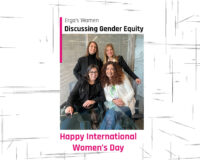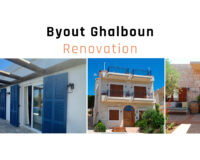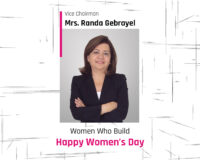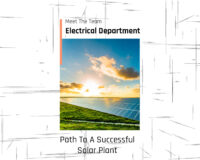Corporate Social Responsibility for Erga
Erga Group & Erga Foundation had a major role in Ghalboun Renewable Energy project with CEFL and ITG. In fact, Erga gives a high importance for such projects as part of its Corporate Social Responsibility initiatives. And as a participant in the UN Global Compact, Erga is committed to support local communities like Ghalboun village and its municipality with partnerships directly serving the following SDGs (Sustainable Development Goals). First, SDG 7: Affordable & Clean Energy and second, SDG 11: Sustainable Cities & Communities. It also indirectly impacts other SDGs like SDG 9: Industry, Innovation & Infrastructure and SDG 12: Responsible Consumption & Production in addition to other SDGs.
Description of the Project
Four photovoltaic plants comprising approximately 300 panels, supplying 156 kWp and producing 220 MWH a year are distributed in Ghalboun in order to back up Ghalboun’s generators network as well as Electricité du Liban’s grid.
Three of these photovoltaic plants are interconnected through an aerial dedicated fiber network allowing them to communicate and interact in real time with the village power need by controlling the photovoltaic outcome and the generator’s power output.
Ghalboun’s yearly electrical consumption is around 520 MWH, out of which 255 MWH are consumed during daytimes.
These 4 photovoltaic plants cover 86% of Ghalboun’s yearly energy need during the days or 42% of total Ghalboun’s yearly energy need.
Preserving the environment and nature while reducing the opex are Ghalboun municipality president’s highest priority where environmental projects were implemented like plantation days, replacing the street lighting with LED, recycling, providing support for the solar water heaters, etc.
Ghalboun renewable energy plant will undergo two future major upgrades:
- To provide battery storage and reduce the running time of the generator. Hence, reducing the carbon footprint while saving money on the residents’ electrical bill;
- To transform Ghalboun into a Net Zero village. This will require the addition of extra renewable resources to cover the remaining yearly 300 MWH which requires 400 extra photovoltaic panels, if only PVs are to be used.
- Other renewable means could be considered as well!






